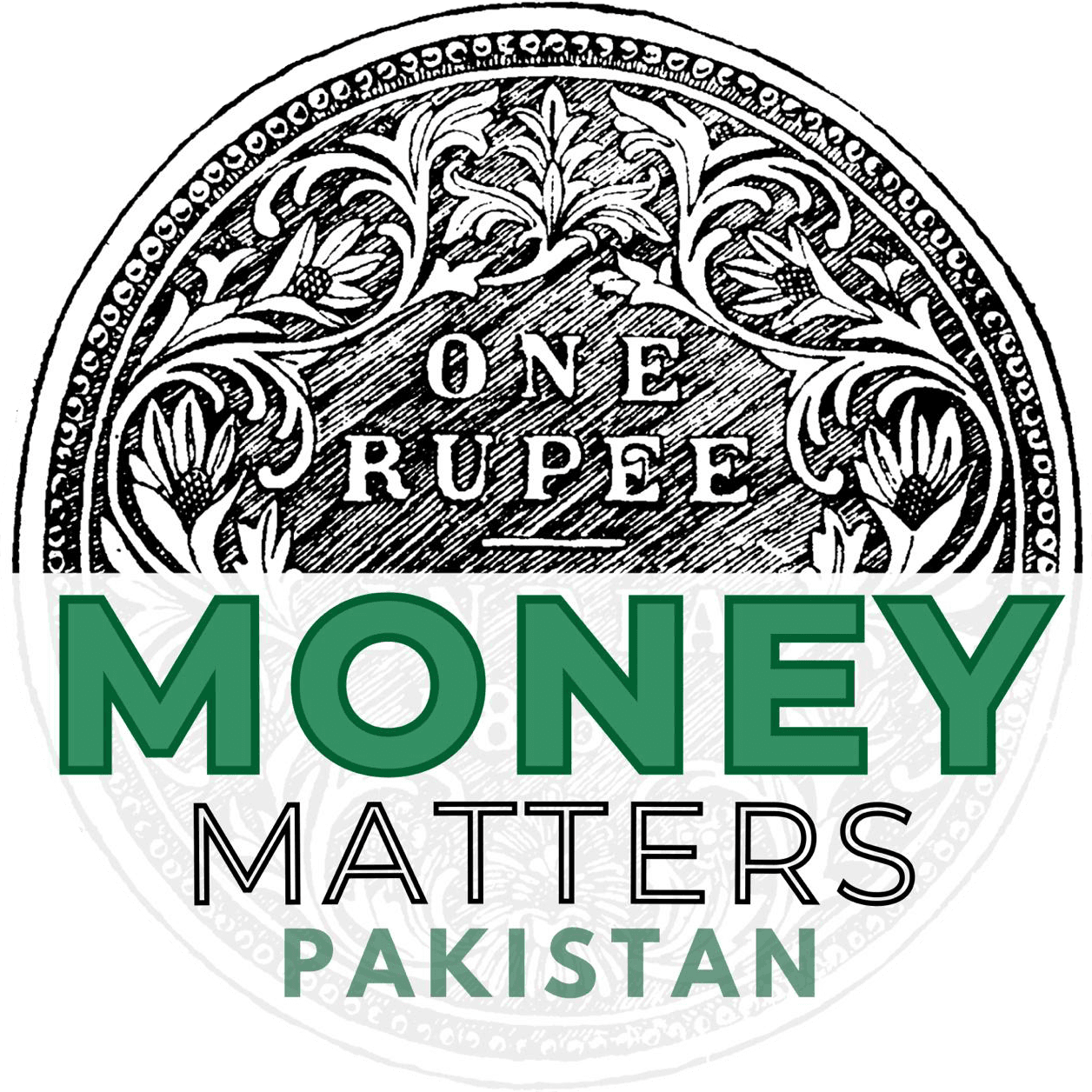Key Takeaways:
– Economic Crisis: Pakistan faces severe economic challenges with high inflation and a need for IMF support.
– CPEC Projects: Pakistan hopes to leverage China’s CPEC projects for economic relief.
– Debt Concerns: There are concerns about Pakistan’s rising debt to China and its impact on the economy.
The Centre for Air Power Studies, an Indian defence research and analysis institution, provides its version of critical examination of Pakistan’s current economic strategy, particularly in light of the China-Pakistan Economic Corridor (CPEC). Taha Ali, the author of the article titled: “Analysing Pakistan’s Current Economic Strategy in Light of CPEC“, sheds light on the complexities and potential pitfalls of Pakistan’s heavy reliance on Chinese investments.
According to Ali, Pakistan’s newly elected Prime Minister, Shahbaz Sharif, made a significant visit to China from June 4-8, 2024. This visit was not merely ceremonial; it was aimed at leveraging the deep-rooted friendship between Pakistan and China to seek economic assistance. Sharif’s delegation included key cabinet ministers and more than 100 Pakistani business leaders. The presence of Army Chief General Asim Munir underscored the visit’s importance, given his role in the Special Investment Facilitation Council (SIFC).
During this visit, Pakistan hoped to secure three major projects worth $12 billion under CPEC, including two railways and a hydroelectric power plant. Additionally, Pakistan agreed to activate an escrow account to pay its dues to Chinese power suppliers and enhance security measures for Chinese nationals. However, Ali notes, “The joint statement issued during the visit reveals a substantial discrepancy that favours China,” indicating an imbalance in the benefits derived from this relationship.
Pakistan’s Escalating Economic Woes
Ali emphasizes that Pakistan’s economy is not in good condition, with unprecedented inflation and a failed bailout attempt with the IMF in February 2023. The IMF’s skepticism about providing new funds stems from concerns that the money might be used to settle China’s debts. “China has emerged as Pakistan’s largest lender, with a US $30 billion credit to the country,” Ali writes, pointing out the lack of transparency in China’s financing schemes.
Pakistan’s budget, based on a 3.5% growth assumption, faces a significant shortfall, with GDP growth rates declining from 2% in the first quarter to 1% in the second quarter of the fiscal year. This declining growth rate indicates potential revenue shortfalls and rising fiscal imbalances, he says.
China-Pakistan Economic Corridor
Before his visit to China, Sharif hinted at the possibility of starting the second phase of CPEC. However, Ali explains that “the bulk of this financing was extended on commercial terms in exchange for sovereign guarantees,” exacerbating Pakistan’s repayment issues. The joint statement from the visit did not clarify China’s stance on funding the second phase, raising questions about the actual benefits of CPEC for Pakistan.
For Pakistan, CPEC represents a hope for economic transformation, but for China, it’s part of a broader strategy under the Belt and Road Initiative. Ali highlights that the CPEC project might leave Pakistan heavily indebted, with limited integration into the local economy, as Chinese companies prefer importing everything from China, including labor.
From 2015 to 2018, CPEC inflow contributed to a rise in Pakistan’s economic growth, peaking at a 5.8% growth rate in the 2018-19 fiscal year. However, this led to a sharp rise in imports and a subsequent balance of payments crisis. “Between 2021-22, 80 per cent of Pakistan’s bilateral debt service went to Beijing,” Ali notes, pointing out the structural imbalances created by CPEC.
If Pakistan wants to secure IMF funds, it needs to persuade China to defer its massive debt. However, Ali suggests that China might be reluctant to grant substantial debt relief, fearing it could set a precedent for other countries facing similar economic difficulties.
In conclusion, he says, though CPEC offers potential benefits, Pakistan’s heavy reliance on Chinese investments raises significant economic and strategic concerns, and underscores the need for a balanced approach to ensure sustainable economic growth and avoid becoming overly dependent on a single foreign partner.




